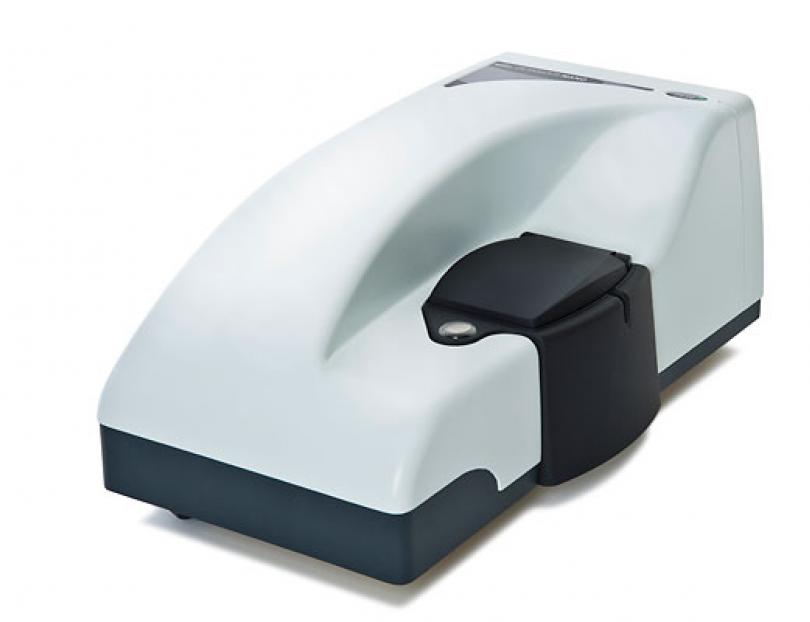

Michael joined Malvern in 1996 as a product technical specialist and two years later was appointed in his current role, responsible for the product technical specialist and application groups based in the UK. He followed this with postdoctoral research into liposomal drug delivery at the University of Manchester. He has a PhD from the Polytechnic of Wales, where he studied the physical biochemistry of liposomes using nuclear magnetic resonance techniques.

Speaker Dr Mike Kaszuba is a technical support manager at Malvern Instruments. The webinar will take place on 1 February from 10:30 to 11:30 Easten US and Canada time. In this presentation Dr Mike Kaszuba will summarise how the technique works, what its size and concentration limits are and discuss its advantages and disadvantages. The sensitivity of some modern systems is such that it can also now be used to measure the size of macromolecules in solution. Compliance with regulatory standards ISO 13321, ISO 22412, 21 CFR Part 11.Sometimes referred to as photon correlation spectroscopy or quasi-elastic light scattering, dynamic light scattering (DLS) is a technique classically used for measuring the size of particles typically in the sub-micron region, dispersed in a liquid.At-line process systems available for control of nanoparticle manufacture.Low volume requirement (as little as 3µL).Size measurement of molecules from MW Simple or no sample preparation, high concentration, turbid samples can be measured directly using NIBS.Mean size only requires knowledge of the viscosity of the liquid.Simple, material independent measurement of per peak particle concentration.Multi-Angle Dynamic Light Scattering (MADLS®) improves the resolution of DLS and provides angular independent size results.Accurate, reliable and repeatable particle size analysis in one or two minutes.Analysis of these intensity fluctuations yields the velocity of the Brownian motion and hence the particle size using the Stokes-Einstein relationship.ĭynamic Light Scattering technology from Malvern Panalytical offers the following advantages: The Brownian motion of particles or molecules in suspension causes laser light to be scattered at different intensities. Typical applications of dynamic light scattering are the characterization of particles, emulsions or molecules which have been dispersed or dissolved in a liquid.


 0 kommentar(er)
0 kommentar(er)
